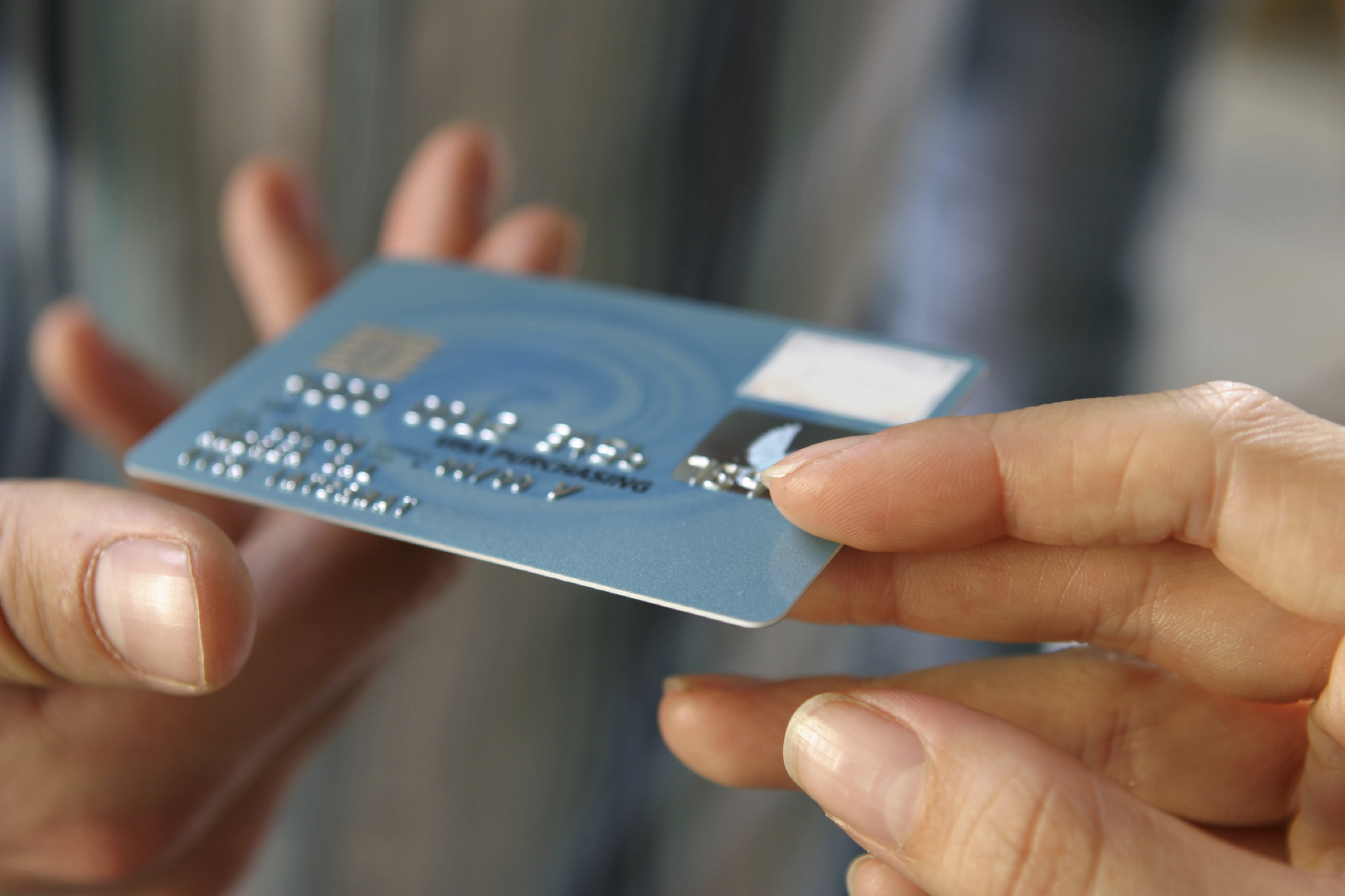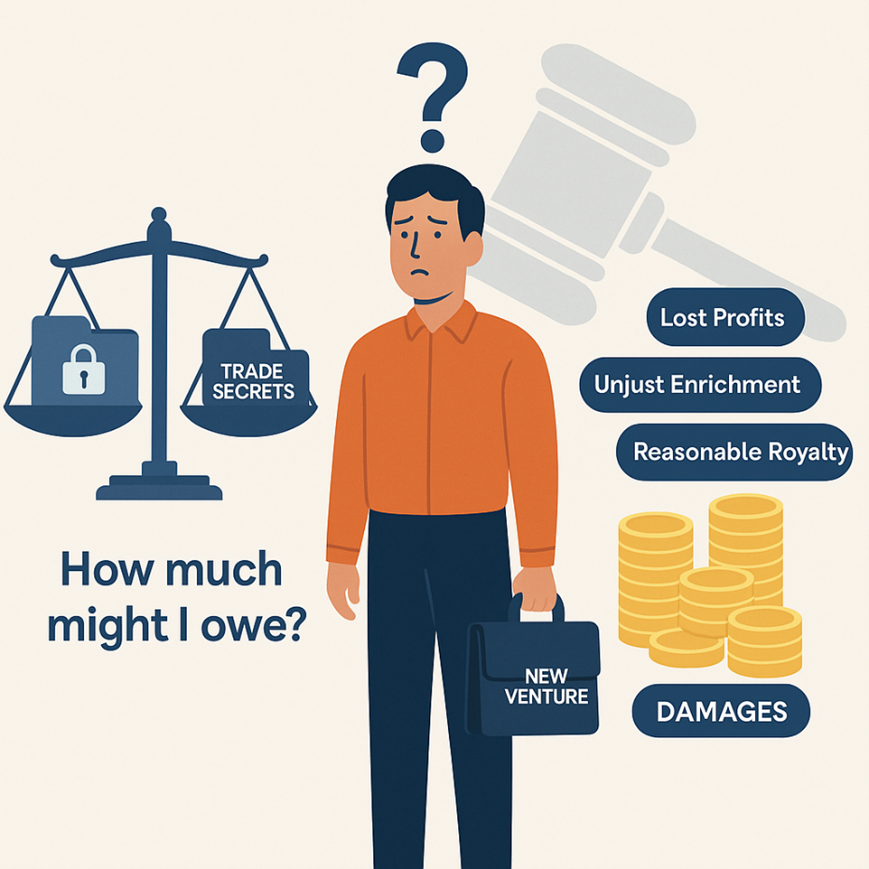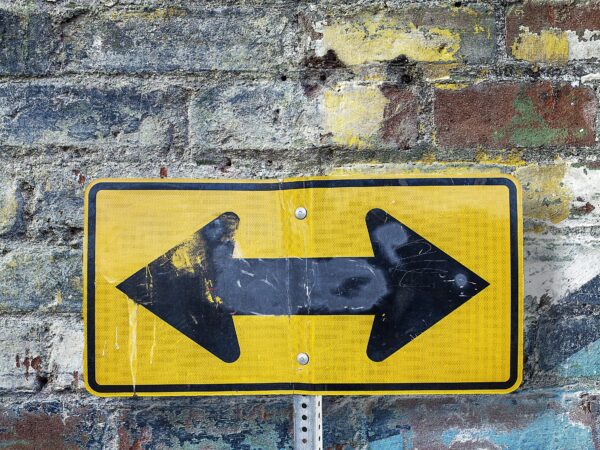
Is this Business or Personal? Identifying Personal Expenses Run through a Business
By Serena Morones, CPA, ASA, ABV, CFE and Jennifer Murphy, CPA, CFF, CFE
 A common client request in our valuation and forensic accounting practice involves identifying personal expenses paid with company funds.
A common client request in our valuation and forensic accounting practice involves identifying personal expenses paid with company funds.
This article summarizes authoritative guidance that defines a valid business expense, lists types of expenses we most typically identify as personal and sets out the required documentation according to the IRS to substantiate a valid business expense.
Authoritative Guidance Defining a Valid Business Expenses
The two primary sources for the definition of a valid business expense include the US Tax Code, and Generally Accepted Accounting Principles.
US Tax Code
Internal Revenue Code Section 162(a) states as follows:
“In general There shall be allowed as a deduction all the ordinary and necessary expenses paid or incurred during the taxable year in carrying on any trade or business, including—
(1) a reasonable allowance for salaries or other compensation for personal services actually rendered;
(2) traveling expenses (including amounts expended for meals and lodging other than amounts which are lavish or extravagant under the circumstances) while away from home in the pursuit of a trade or business; and
(3) rentals or other payments required to be made as a condition to the continued use or possession, for purposes of the trade or business, of property to which the taxpayer has not taken or is not taking title or in which he has no equity.”
The key descriptive terms provided above by the US Tax Code for evaluating a valid business expense are “ordinary and necessary.”
The Internal Revenue Service gives further definition of “ordinary and necessary” in IRS Publication 535 as follows:
“An ordinary expense is one that is common and accepted in your trade or business. A necessary expense is one that is helpful and appropriate for your trade or business. An expense does not have to be indispensable to be considered necessary.”[1]
While there is case law[2] expanding on the meaning of ordinary and necessary, we find that the case analysis provides no brighter line definition of ordinary and necessary than the tax code, but suggests the application of common sense to the specific facts and circumstances of each case.
We interpret the concept of an ordinary expense as an expense that could commonly be found in a similar business. We view the concept of a necessary expense as one that helps the achievement of the business mission. The process of applying these guidelines to each case is subjective. However, an experienced accounting professional can identify the patterns in business expenses that emerge over time through exposure to a wide variety of businesses, and form a reasoned decision about what types of expenses qualify as ordinary and necessary.
Generally Accepted Accounting Principles (GAAP) Guidance
Financial Accounting Standards Board (FASB) Concept Statement 6 defines ten interrelated elements that are directly related to measuring performance and status of an entity. One of these elements is Expenses, defined as:
“…outflows or other using up of assets or incurrences of liabilities (or a combination of both) from delivering or producing goods, rendering services, or carrying out other activities that constitute the entity’s ongoing major or central operations.”
GAAP focuses its definition of an expense on outflows that result from an entity’s ongoing major or central operations. Logic would then contrast “major or central” to minor or obscure and suggest that expenses that have a minor or obscure contribution to operations would be considered non-business related. We view the language of this GAAP guidance to be similar with the US Tax Code requirement that an expense must be necessary.
Common Categories of Personal Expenses
The following is a list of the most common examples of personal expenses we see expensed through businesses:
- Automobile expenses: expensing all of the cost of a personal auto when the business doesn’t use an automobile or when the auto is partially used for commuting or personal travel.
- Credit card charges: charging all types of small personal purchases on company credit cards. We commonly see the entire credit card paid by the business and insufficient accounting for specific personal charges on the card.
- Charges at large retailers: buying both business and personal items from a large retailer. Stores such as Costco or Amazon.com offer a large variety of business and personal products and services. Without proper documentation practices in place, business owners can blend personal purchases with business purchases without detection.
- Meals: expensing meals without substantiation. Small business owners often fail to keep adequate documentation for meals expensed to the business.
- Travel expense: expensing airfare, hotel and meals for family members or entirely personal trips.
- Fitness or country club dues.
- Personal telephone: expensing the entire cell phone family plan.
- Personal home upkeep: paying home utility bills, maintenance expenses or housekeepers.
- Professional services: expensing legal personal legal or accounting services, such as divorce attorneys.
- Wages to family members: Expensing payments to family members who are not actually working, or expensing college tuition.11. Contractor payments: expensing payments made to contractors for home remodel or the improvement of other personal assets.
Expenses in a Gray Area
Parties to a lawsuit often hire Morones Analytics to evaluate expenses recorded in the accounting records of a business and determine if a business owner has improperly deducted personal expenses. Sometimes we find obvious examples of personal expenses recorded in the books of the business. Other times we find expenses that fall into a gray area. In our practice we call these expenses Discretionary Expenses.
Discretionary Expenses are expenses that may be common, but are not clearly necessary or unnecessary. One business owner may choose to spend more money on a category of expense than another business owner in the same line of business. The word discretionary focuses on the choice or preference of the business owner.
One example of a discretionary expense is a high volume of meals and entertainment. Some business owners may feel a need to entertain clients frequently, while another owner in the same line of business does not spend as much money on meals and entertainment.
Another example that can fall into the category of discretionary expense is a higher level of compensation and benefits paid to employees. One business owner may feel that above market employee compensation is justified, while another will pay a market level of compensation and benefits.
When evaluating a business dispute, we attempt to identify and summarize what we consider to be discretionary expenses separately from either clearly personal or clearly business expenses, to inform the parties about the expenses. We may not make any adjustments related to discretionary expenses for purposes of a financial resolution, but we may make adjustments related to discretionary expenses in order to normalize the income statements for purposes of a business valuation.
Substantiating Business Expenses
In order to deduct a business expense for tax purposes, the business must be able to substantiate or prove certain elements of the expense through adequate documentary evidence, such as receipts, canceled checks, or bills. According to the IRS, documentary evidence ordinarily will be considered adequate if it shows the amount, date, place, and essential character of the expense. In addition, you must generally provide a written statement of the business purpose of an expense. [3] For example, a restaurant receipt is enough to substantiate a business meal if it has the name and location of the restaurant, the number of people served, the date and amount of the expense..
With the growing number of online purchases, more businesses are paying for expenses with credit cards. While credit card statements demonstrate that something was purchased, statements alone do not adequately support deductibility as they only show who was paid, how much, and when, but not the essential character of the expense. Identification of only the vendor name, the amount and the date of transaction is not adequate to support deductibility. The business owner should keep the original email receipt that describes itemized details the products or services purchased, to satisfy the requirement for documentation of the essential character of the expense.
When evaluating personal expenses for purposes of a business dispute, we review existing documentation and form our opinions based on available evidence.
Please email us at [email protected] or [email protected].
Serena Morones, CPA, ASA, ABV, CFE
Jennifer Murphy, CPA, CFF, CFE
[1] IRS Publication 535: http://www.irs.gov/Businesses/Small-Businesses-&-Self-Employed/Deducting-Business-Expenses
[2] See landmark US Supreme Court case Welch v. Helvering for interpretation of ordinary and necessary. Jenkins v. Commissioner, explores the taxpayer’s motive in making the expenditure. Deputy v. DuPont expands on the meaning of ordinary.
[3] IRS Publication 463 (2013) http://www.irs.gov/publications/p463/ch05.html




